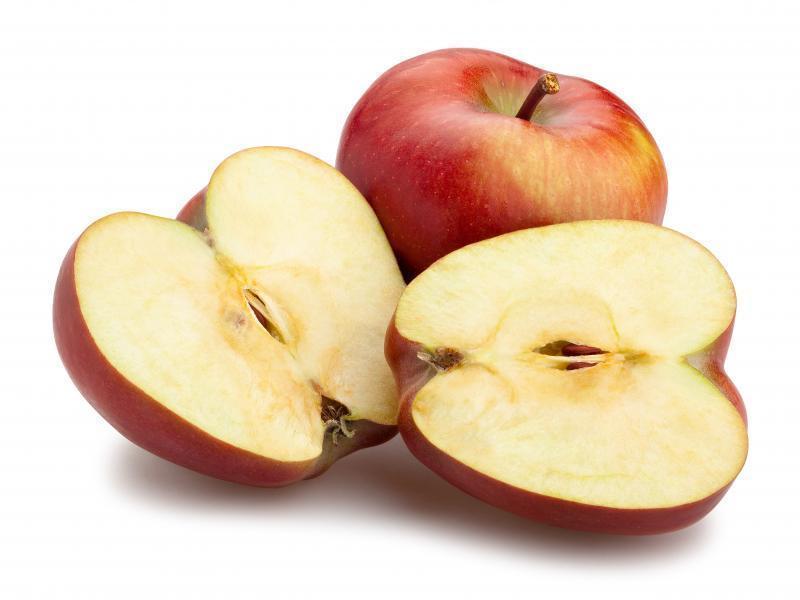
Review
“Temptation Transformed: The Story of How the Forbidden Fruit Became an Apple” by Azzan Yadin-Israel. Chicago: The University of Chicago Press, 2022. 181 pages. $27.50.
As author Azzan Yadin-Israel explains, the humble apple has gotten a biblical bum rap. As he notes, the story of the snake tempting Eve with an apple — leading to the exile of her and her hubby and all of humankind’s subsequent problems — is not supported by the evidence. No, our woes should be blamed not on that succulent sphere (tapuach in modern Hebrew) but on the real culprit. as spelled out in Genesis, Chapter 3, pri ha’etz (fruit of the tree).
How the “fruit” became “apple” is the subject of this academic study.
(I need to point out that not everything that happened post-Eve-and-the-snake narrative was negative. Not that I presume to know what plans God had for the first of our species, but if mankind’s mother had not succumbed to temptation, then she and Adam might still be frolicking in their sexless paradise. In that case, I wouldn’t be writing this review and you wouldn’t be reading it. But I suppose we shouldn’t go there.)
Yadin-Israel writes that early translations of the Bible — the Greek Septuagint, two early Roman versions and an Aramaic one — accurately converted “fruit” into their languages.
In two early Jewish texts, 1 Enoch and 3 Baruch, the fruit is identified as grapes. Perhaps, the grapes made an appearance due to the Bible’s dislike of wine and especially drunkenness and its role in the “sexual impropriety” of Noah and Lot, the author suggests.
Some early rabbinical and Christian sources also pointed an accusing finger at the grape.Others chose the fig, citron, pomegranate, date and even wheat as the culprit, but not the apple.
The author looks at ancient and Medieval Christian art and finds almost no apples, with figs and grapes garnering most of the fruity dishonor.
But in 12th-century French art, apples begin to be seen in illustrations of the Genesis story. They are “harbingers of a sweeping change that upends established iconographic norms, as the apple quickly evolves from one option among several to the dominant forbidden fruit, displacing the grape, the pomegranate, and even the venerable fig. The change occurs quite suddenly and across media.”
Stained-glass windows, illuminated manuscripts and stone carvings all reflect the trend toward the apple. That fruit becomes the favored cause of the Fall of Man in England, Germany and the Low Countries, while the fig continued to hold sway in Italy for some time thereafter.
Why did the apple’s downfall start in France? It might be a matter of semantics, the author notes. The word in Latin, pomum, fruit of the orchard, was the usual Latin word used for forbidden fruit. The old French pom is its “etymological descendant,” initially keeping the same meaning. But over the years, that word came to mean “apple.”
“Temptation Transformed” is a serious study of a biblical topic, which should appeal primarily to biblical scholars. ■
The writer’s memoir, “Figs and Alligators: An American Immigrant’s Life in Israel in the 1970s and 1980s” (Chickadee Prince Books), is available online and at bookstores.






